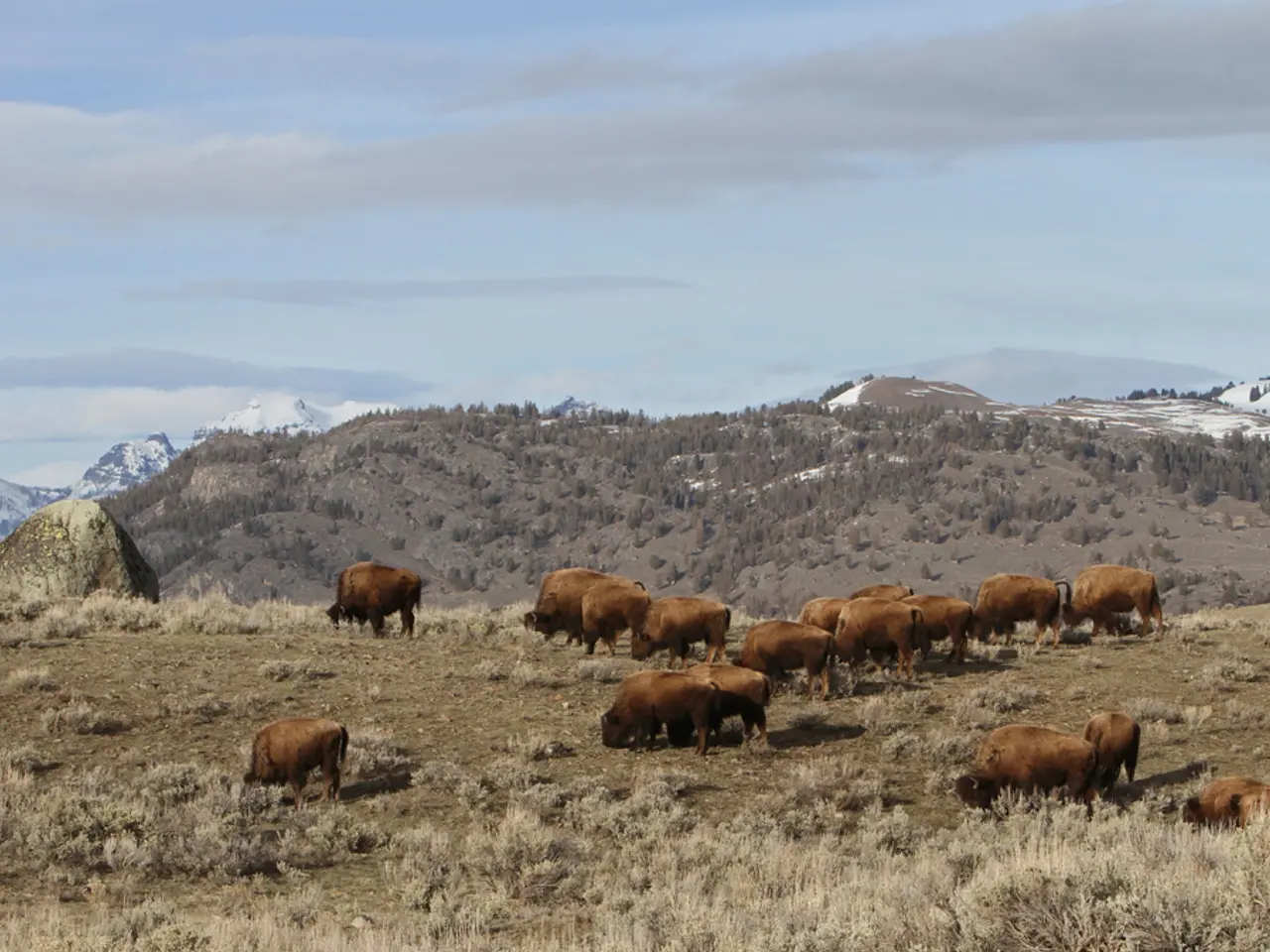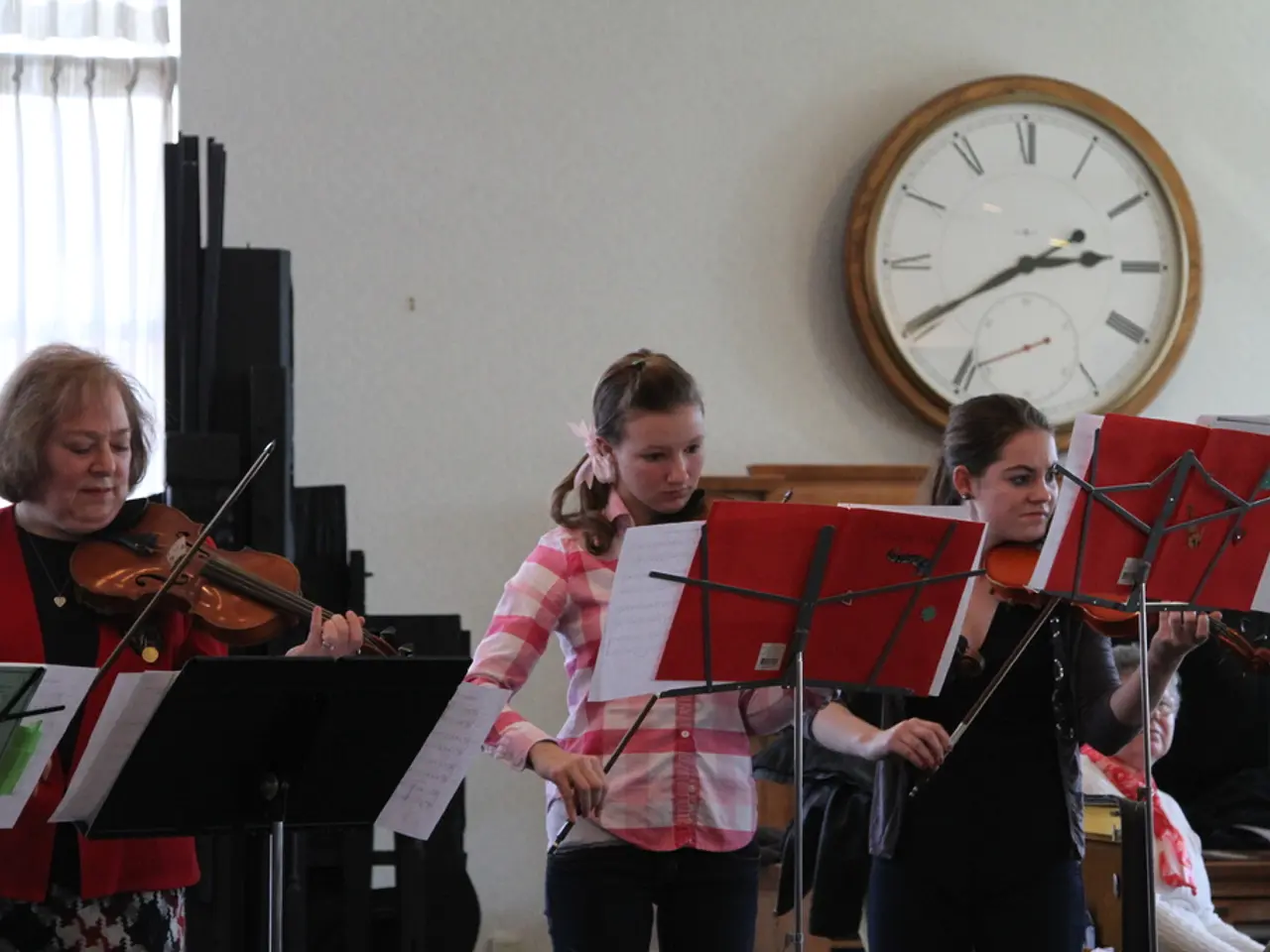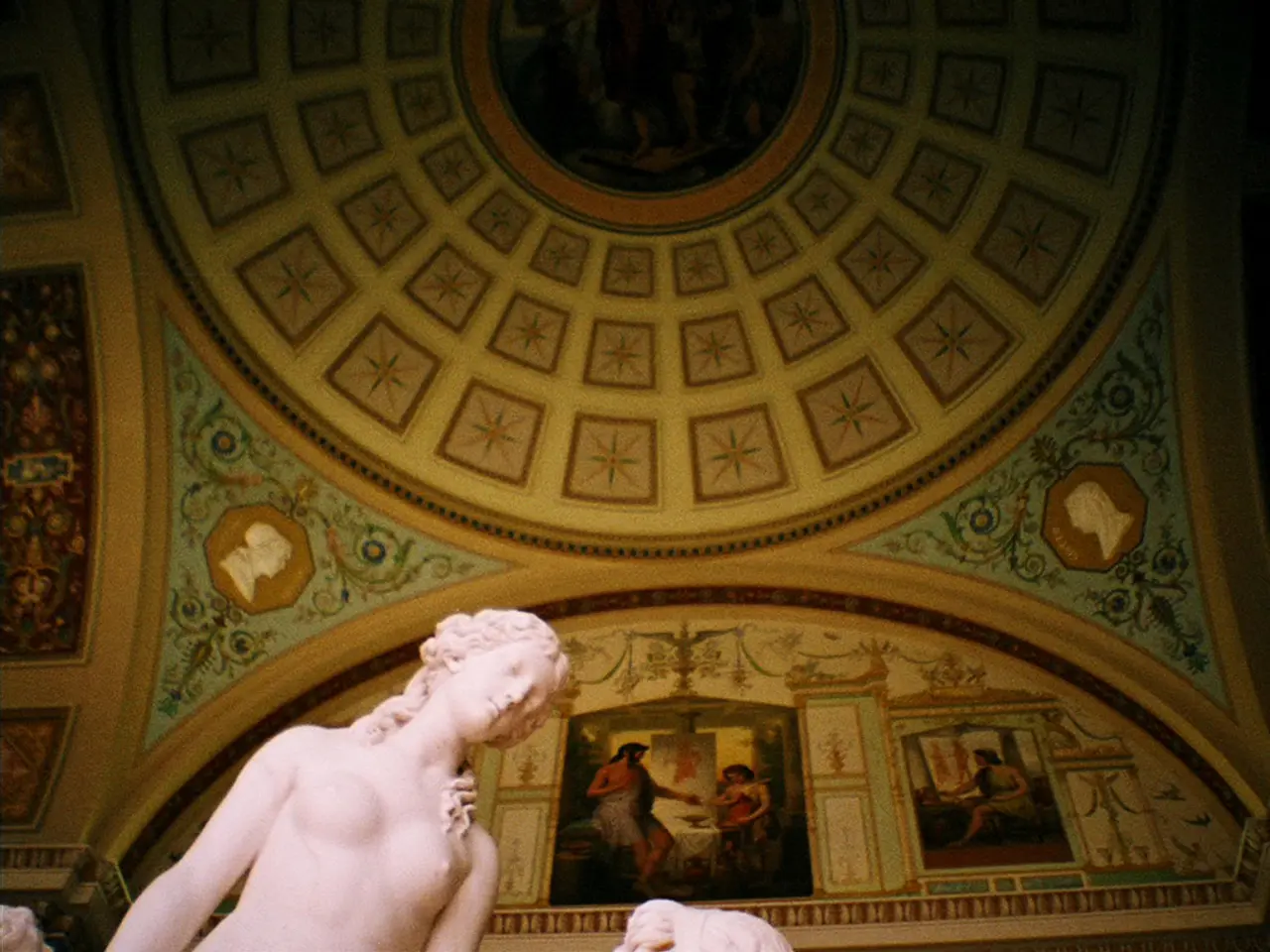People living in steppe regions, specifically in the capital area
In the vast steppe landscapes of Kazakhstan, the coexistence of wildlife and urban environments is a captivating spectacle. This article delves into the rich biodiversity of the region, focusing on urban wildlife and the publication of the book "Steppe Animals of Kazakhstan."
Written by Alena Koshkina, a scientific employee of the Kazakhstan Association for the Conservation of Biodiversity (ACBK), the book offers a comprehensive exploration of the mammals found in the steppe. The publication, available for retail purchase on the ACBK's website, also includes a second part focusing on birds, which is planned for release.
The presence of wild species in cities indicates thriving ecosystems that provide animals with sufficient food sources and shelter. Common urban dwellers include the European hare, which can be spotted in city parks, and the common field mouse, a crucial component of the local food chain. However, introduced species such as muskrats and American mink can pose a threat to local ecosystems.
When encountering an atypical pet or a wild animal in need, it's essential to consider whether intervening could cause more harm than good. For instance, handling hedgehogs can potentially expose one to rabies, and it's best to leave them in their natural environment. Similarly, wild animals should not be tamed or taken home, as this can lead to injuries and unpleasant consequences.
To aid in such situations, specialists can be consulted. The ACBK, territorial inspections of the Forestry and Wildlife Committee, or Kazakhstan's Institute of Zoology (Almaty) are all potential resources for advice and guidance. Unfortunately, there are no rehabilitation centers for wild animals in the given context, and veterinarians specializing in wild animals and birds are scarce.
In Astana, the capital city, big brown bats are a common sight, migrating and reproducing near the city. Bats, when encountered, should be released outside at sunset, posing no threat if handled properly.
The conservation of endangered species like the Przewalski's horse is a significant focus in Kazakhstan. To minimize risks, these horses are released in remote territories with few domestic horses and populated areas, and all animals are fitted with GPS collars for tracking their movements and adaptation. The species is being revived through an international project, with the population being reintroduced to its historical habitats.
For those interested in the publication process and research on urban wildlife, particularly pertaining to the book "Steppe Animals of Kazakhstan" and the prevalence of field mice and hamsters in urban ecosystems, several approaches can be taken. These include understanding the publication process for related research, locating research and publications on urban wildlife and steppe animals, and recommendations for further inquiry.
By combining these resources and strategies, one can gain deeper insight into both the publication avenues and scientific research concerning urban wildlife, particularly those associated with the steppe regions of Kazakhstan.
Sports enthusiasts might find interest in the urban wildlife of Kazakhstan, as weather conditions can impact the sightings of wild animals like the European hare and common brown bats, particularly in city parks and near cities such as Astana. The coexistence of sports activities and wildlife observation in such environments presents a unique opportunity for nature lovers and athletes alike.
The publication "Steppe Animals of Kazakhstan" delves into the rich biodiversity of the region, including details on urban wildlife and birds, making it a valuable resource for those seeking to learn more about sports and wildlife coexistence in the region. Understanding the relationship between sports and wildlife can foster a deeper appreciation for the conservation efforts ongoing in the country, particularly for endangered species such as the Przewalski's horse.








